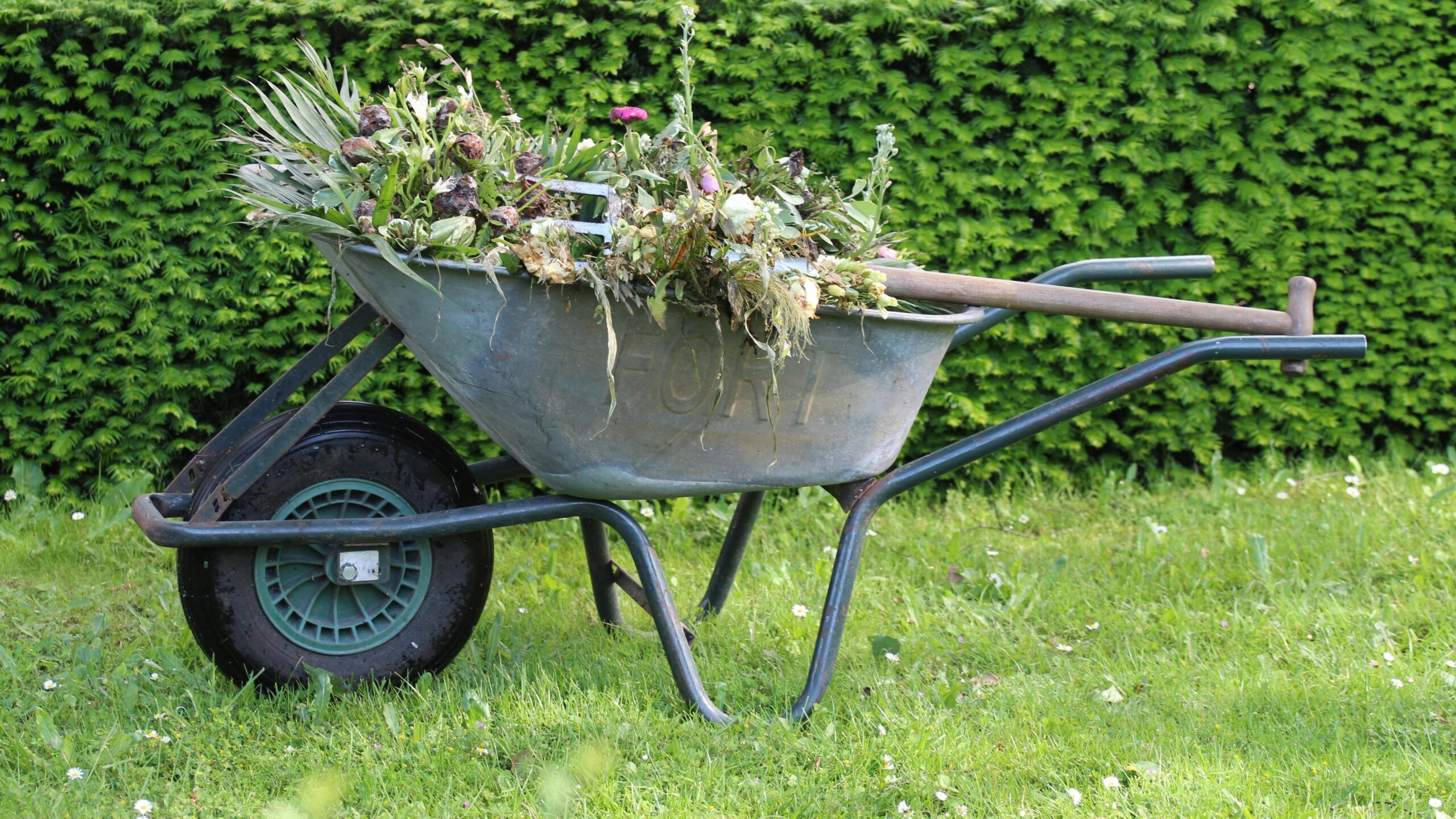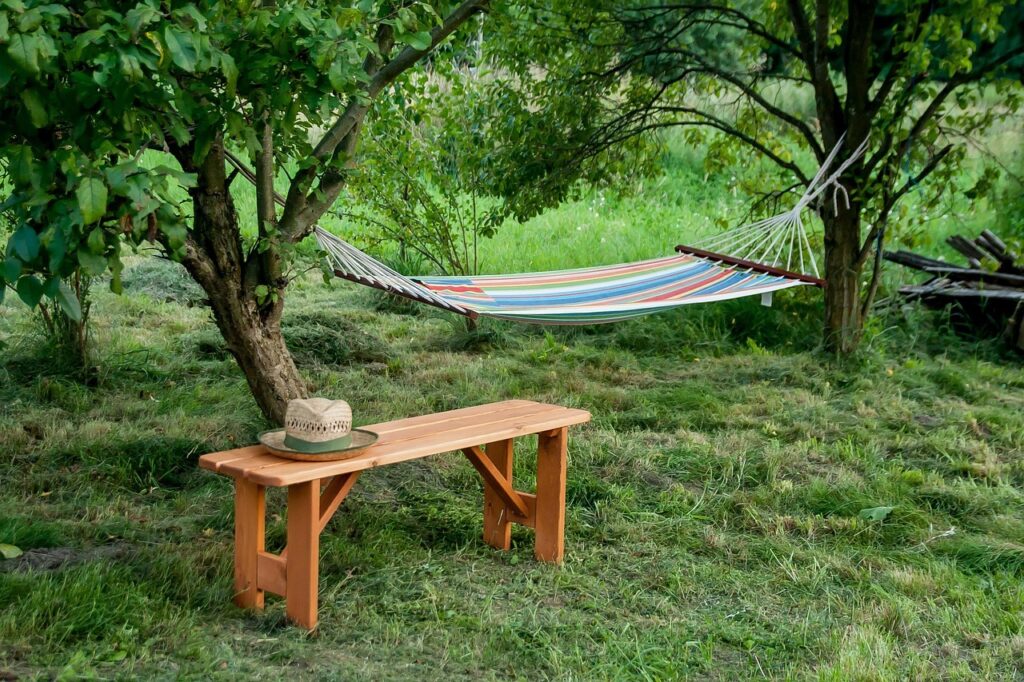I used to think composting was only for people with sprawling country gardens and time to spare. When my partner and I moved into our 600-square-foot bungalow in the city—complete with a postage-stamp backyard and a single sunny balcony—we were hauling a full trash bag of food scraps to the curb every week. The guilt of sending banana peels and coffee grounds to the landfill finally nudged me into action, and I discovered something delightful: with a little planning, backyard composting is absolutely doable in tight quarters. Today, that same balcony overflows with pots of basil, tomatoes, and zinnias thriving on homemade “black gold.”

Choose the Right Composting Method for Your Space
The first and most important step in backyard composting—especially when space is at a premium—is selecting a system that fits both your square footage and your lifestyle.
-
- Tumbler Bins: A compost tumbler is a sealed drum on a stand that you rotate to aerate the pile. It takes up roughly three feet of patio space, deters pests, and speeds decomposition because you can “turn” the compost without a pitchfork. Search terms like rotating compost bin and compact compost tumbler can help you find models designed for balconies.
-
- DIY Pallet or Wire Cage Bins: If you have a narrow side yard, two reclaimed pallets or a three-foot roll of hardware cloth can create a budget-friendly, breathable bin. Wire bins promote airflow—crucial for quick, odor-free composting—and the vertical design keeps your footprint small.
-
- Bokashi Buckets: For apartment dwellers who only have indoor space, the bokashi composting method uses anaerobic fermentation and a bran inoculated with beneficial microbes. It’s odor-controlled, tucks under a kitchen sink, and pre-breaks organic waste so it finishes outdoors in just a few weeks.
-
- Worm Bins (Vermicomposting): Red wigglers transform kitchen scraps into nutrient-dense castings in stackable plastic trays that fit on a balcony shelf. Keywords like urban worm farm and vermicomposting in small spaces bring up kits you can set up in under an hour.
-
- Trench Composting: If you have planting beds but no room for a bin, dig a foot-deep trench between rows, add your food waste, and cover with soil. The material decomposes in place, feeding roots directly.
Set Up Your DIY Compost System Without Breaking the Bank
Once you’ve chosen a method, resist the urge to buy every shiny accessory. My first bin cost less than ten dollars because I upcycled materials on hand and leveraged free community resources.
-
- Scavenge Containers
Five-gallon buckets from a local bakery became a bokashi system after I drilled drainage holes, nested one bucket inside another, and added a spigot for draining leachate (the nutrient-rich liquid fertilizer people pay good money for). Old storage totes or curbside trash cans—with the bottom cut out for drainage—also make excellent compost bins.
- Scavenge Containers
-
- Gather “Browns” and “Greens” for Free
Backyard compost thrives on a balanced mix of carbon-rich browns (dry leaves, shredded cardboard, sawdust) and nitrogen-rich greens (fruit peels, veggie scraps, fresh lawn clippings). I keep a paper bag of shredded junk mail next to the kitchen bin, so every time I dump in coffee grounds I top it off with a handful of paper.
- Gather “Browns” and “Greens” for Free
-
- Layer Like Lasagna
Start with a six-inch bed of browns to absorb moisture and deter pests, add two to three inches of greens, and cover with another thin layer of browns. This “compost lasagna” prevents flies and keeps odors down—essential when your neighbors’ windows sit only a few feet away.
- Layer Like Lasagna
-
- Monitor Moisture
Compost should feel like a wrung-out sponge. Too dry in a small bin and microorganisms stall; too wet and you’ll smell anaerobic rot. Keep a spray bottle handy for misting browns, or add extra shredded cardboard if things look soggy.
- Monitor Moisture
Feed and Maintain Your Compost for Fast Decomposition
A compact pile requires more attentive management than a sprawling heap, but a few minutes a week is all you need.
What to Add
-
- Vegetable peels, fruit cores, eggshells
-
- Coffee grounds and unbleached filters
-
- Tea leaves (loose or bag without staples)
-
- Finely chopped yard waste like grass clippings and pulled weeds (seed-free)
What to Avoid in Small-Space Composting
-
- Meat, dairy, and oily foods (smell and attract pests)
-
- Glossy magazines or heavily inked cardboard
-
- Diseased plants or weed seeds (heat may not get high enough)
Aeration Tips
In a tumbler, spin the barrel five full turns every few days. For static bins, plunge a compost aerator tool or sturdy dowel vertically into the pile to create oxygen channels. In worm bins, gently fluff bedding to keep passages open.
Troubleshooting Odors
If a funky smell wafts up, ask: Is the pile too wet? Too many greens? Add browns, fluff, and the smell usually vanishes overnight. A tablespoon of garden lime sprinkled on top helps neutralize excess acidity from citrus peels.
Speed Hacks for Apartment Dwellers
Chop scraps into one-inch pieces before tossing them in; surface area accelerates breakdown. In winter, wrap a thrift-store heating pad around a tumbler to maintain microbial activity. Search phrases such as how to speed up composting and quick compost for small gardens resonate with readers hungry for results.
Personal confession: I once forgot to turn my bin for two weeks during a heatwave. When I finally peeked inside, soggy melon rinds had formed a slimy mat. A thin layer of shredded leaves, a half-cup of garden soil (for extra microbes), and a vigorous stir fixed it in under 48 hours.
Harvest Black Gold and Use It to Transform Your Garden
Around the three- to six-month mark—quicker in summer, slower in winter—your small-space compost will look dark, crumbly, and smell like forest soil. Here’s how to harvest and apply compost without mess:
-
- Screen for Fines
Dump the bin’s contents onto a plastic tarp and sift through a homemade screen (hardware cloth stapled to a wooden frame). Large chunks and eggshells go back in for another round; the fine humus collects below.
- Screen for Fines
-
- Top-Dress Containers
Mix one part finished compost with two parts potting soil for seed starting, or spread an inch-thick layer on top of established planters. My balcony tomato yield tripled after I swapped synthetic fertilizer for homemade humus.
- Top-Dress Containers
-
- Brew Compost Tea
Fill a five-gallon bucket with water, add a shovel of compost in a mesh bag, and steep for 24 hours while stirring occasionally. The resulting liquid feeds houseplants, lawns, and veggie beds with a gentle nutrient boost.
- Brew Compost Tea
-
- Side-Dress Beds Mid-Season
Push mulch aside, tuck compost around the root zone, and water in. Worms will drag organic matter deeper, improving soil structure over time.
- Side-Dress Beds Mid-Season
Beyond nutrients, homemade compost reduces the need for store-bought soil, diverts organic waste from landfills, and closes the loop in your little ecosystem. Watching food scraps circle back as juicy strawberries is oddly profound—and addictive.
By now, you can see that composting in your backyard—even if that “yard” is a balcony railing or a pathway beside the garbage cans—is both feasible and rewarding. With the right method, a frugal setup, consistent maintenance, and a joyful harvest, you’ll slash household waste and supercharge your plants. I never imagined coffee grounds could turn into cherry-red tomatoes in such a small footprint, but they do—week after week.
If you’re ready to dive deeper, bookmark this guide, share it with a neighbor who still thinks composting smells weird, and let me know in the comments which tiny-space strategy you choose. Here’s to transforming scraps into soil and proving that sustainable living starts right outside our back door, no matter how small it is. Happy composting!



Pingback: Rain Barrel for Free Water: How to Install a Rain Barrel System - Home